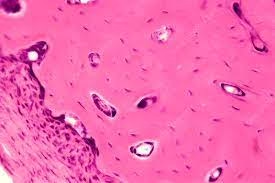
Introduction Processing histological tissues for paraffin embedding is a fundamental technique in histopathology and biomedical research. This process is essential for preserving tissue architecture, cellular details, and molecular components, allowing Read More …



